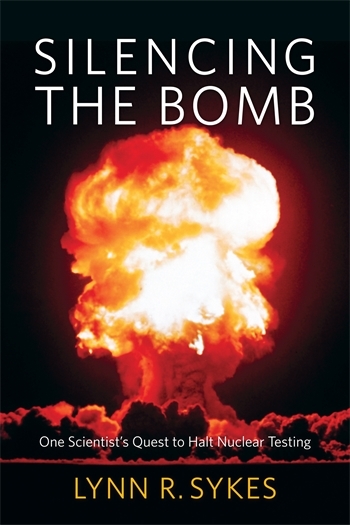Wired on The Scientific Way of Warfare
On Danger Room, a national security blog on Wired, Michael A. Innes, director of The Complex Terrain Laboratory, reviews and praises Antoine Bousquet’s The Scientific Way of Warfare: Order and Chaos on the Battlefields of Modernity.
Innes argues that Bousquet’s book will be one of the most important of 2009, offering new perspectives on how the military has used scientific ideas and technological metaphors to wage war. Bousquet himself commented on the post and summarized his argument:
[The Scientific Way of Warfare] is not a gee-whiz-look-at-the-shiny-gadgets engagement with science and technology. It is first and foremost a historical account of the way in which Western militaries have repeatedly drawn on scientific ideas and technological metaphors in their never-ending quest for order and control on the battlefield. I have tried to show how a succession of scientific discourse and paradigmatic technologies has been articulated in military thought and practice since the inception of the Scientific Revolution—one can approve or disapprove of this but the evidence of such a history (and on-going present) is abundant.
Bousquet charts “four distinct regimes of the scientific way of warfare, each of which is characterized by a specific theoretical and methodological constellation: mechanistic, thermodynamic, cybernetic, and chaoplexic warfare.” At the heart of each, he writes, “we find an associated paradigmatic technology, respectively the clock, the engine, the computer and the network.”
The current scientific regime of war looks to chaos theory and complexity science to understand and predict the networked threats of everything from L.A. street gangs to transnational jihadis and Russian hackers. Bousquet refers to this type of warfare as “chaoplexic warfare.” Innes writes:
[Chaoplexity is] an understanding, translated to military thinking, that would theoretically enable soldiers to recognize, accept, and cope better with the uncertainties of combat. Characterized by “non-linearity, self-organization, and emergence,” the central metaphor of chaoplexic war “is that of the network, the distributed model of information exchange perhaps best embodied by the Internet.”


